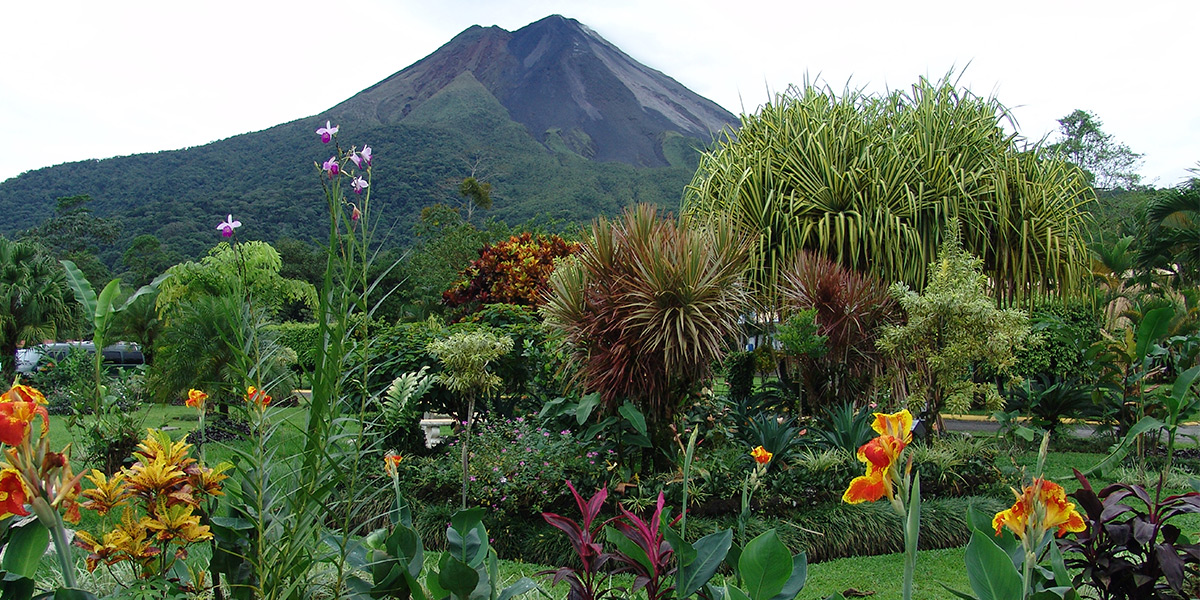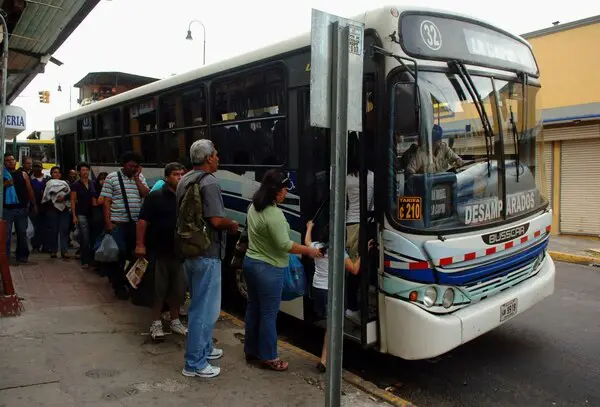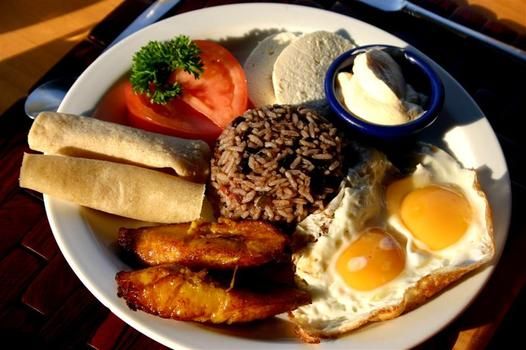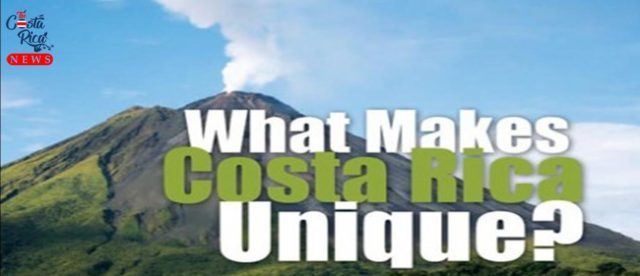La Fortuna is a small town located in the province of Alajuela and is considered a touristic Hot Spot in Costa Rica for eco-tourism enthusiasts; it forms part of the San Carlos Canton, which, in turn, belongs to the province of Alajuela, located north of Costa Rica.

The attractive beauty of the district’s landscape, its forests, the wide variety of tourist activities available, such as canoeing, rafting, bird watching, sport fishing, hiking, hot springs, and in particular its proximity to the Arenal volcano, make it one of the most important tourist destinations in Costa Rica.
Geography and Demography
In all its extension is 225 km², there are 9 small communities whose inhabitants total around 16,000, which makes it the fifth most populous district of the canton, behind Quesada, Aguas Zarcas, Pitar, and Poco sol, although ahead of Florencia.
History
Little is known about the original inhabitants of this region since, by the arrival of the first white colonizers in the mid-1930s, there were only vestiges of what appears to have been a large population. Its first permanent colonizer, Marcial Barquín Vellorín, dedicated himself to the extraction of rubber and subsistence agriculture.
The community of La Fortuna began to be
defined in the early 1940s, after the arrival of peasants from Ciudad Quesada,
Grecia, Alajuela and other regions of the
San Carlos Canton. These first settlers were mainly engaged in agriculture,
hunting, and livestock.
In its beginnings it was called “El Burío”, but at the end of the 1940s, its inhabitants changed its name to the one it currently bears. Since 1950, La Fortuna is the 7th district of the canton of San Carlos, as a result of a Referendum.
Economy
The Economy of La Fortuna is based on 2 specific activities: the inherited one, which is agriculture and the main one: tourism. Visitors and locals have at their disposal all kinds of public services: within a radius of no more than 2 kilometers, accommodation, restaurants, pharmacies, banks, post office, health services, gyms, shops, sports, and even nightlife.
Transportation
La Fortuna has direct bus connections with San José, Quesada and other locations in Alajuela, Puntarenas, and Guanacaste. The journey between San José and La Fortuna takes about 4 hours making a stop in Ciudad Quesada.

La Fortuna offers a spectacular setting for observing the Arenal, the most active volcano in Costa Rica. The Arenal volcano is located about 10 kilometers from the town and regularly emits smoke and ashes.
This Volcano is the biggest tourist attraction in the country. It has not had activity since December 2010 but is still considered active. It is the third most active volcano in the country, behind the Rincon de la Vieja Volcano and the Turrialba Volcano.
The volcano’s chimney has been filled with debris and volcanic material. It is very possible that the pressure can reopen this orifice or a new one can be formed.
Typical Foods
The gastronomy of La Fortuna de San Carlos is characterized by preserving the recipes of the ancient inhabitants of the region and adapting the ingredients and techniques of other countries to their stews among the basic ingredients of the cuisine are corn, beans, potatoes, cassava, and tomatoes, accompanied by chicken, beef and pork. Here are some dishes:
Casado: It consists of boiled rice, beans, fried sweet banana with beef, pork or chicken, and coleslaw.
Olla de Carne: Beef broth with the meat in pieces, potato, yucca, chayote, corn, carrot, among other vegetables.
Buñuelos: Wheat dough flour fried in oil and covered with sugar or honey.
Gallo Pinto: A mixture of rice, beans, onion, sweet pepper, and cilantro.

Weather
Temperatures range between 21 ° C and 28 ° C the average is 22 degrees. The rainy season runs from May to January, while the dry season runs from February to April. It has a humid tropical climate, a pleasant thermal sensation can be perceived throughout the year. The hottest season occurs in spring, in which thermometers can reach 26 ° C. Summer coincides with the rainy season, so the temperature usually drops a couple of degrees compared to the previous month’s thanks to rainfall. In winter, temperatures are at 21 ° C.
We suggest you pack comfortable clothes and shoes, sunscreen, dark glasses, a hat or cap, swimsuit, and insect repellent. In winter, a light jacket will be enough to cover you in the afternoons and evenings, when the temperature can drop a little. In the rainy season, add a folding or waterproof umbrella and shoes with a non-slip sole to your suitcase.
Other attractions
In addition to the volcano, this town has many other attractions such as the beautiful La Fortuna Waterfall, with a refreshing vertiginous drop of 70 meters. Another key attraction is the relaxing Tabacón Hot Springs, located within a wonderful lush green, where rare orchids abound. For the more adventurous Canopy tours and boat trips in Caño Negro are just some of the activities you can enjoy while you are here.

